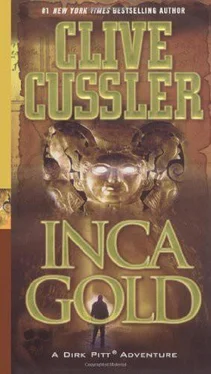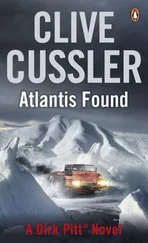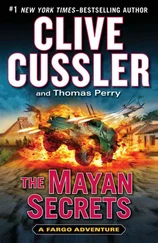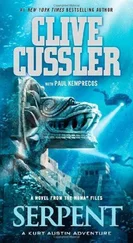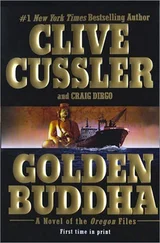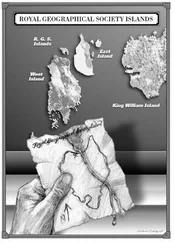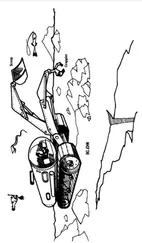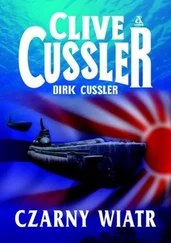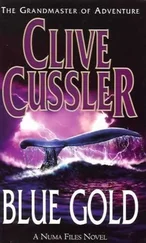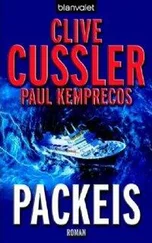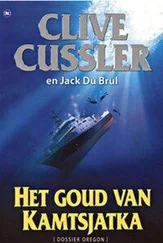The sinkhole's early history began in the Cambrian era when the region was part of an ancient sea. Through the following geological eras, thousands of generations of shellfish and coral lived and died, their skeletal carcasses forming an enormous mass of lime and sand that compressed into a limestone and dolomite layer two kilometers thick. Then, beginning sixty-five million years ago, an intense earth uplifting occurred that raised the Andes Mountains to their present height. As the rain ran down from the mountains it formed a great underground water table that slowly began dissolving the limestone. Where it collected and pooled, the water ate upward until the land surface collapsed and created the sinkhole.
In the damp air above the jungle surrounding the cavity, an Andean condor banked in great lazy circles, one emotionless eye fastened on a group of people working around the edge of the cenote. Its long, broad wings, measuring 3 meters (10 feet), arched stiff to catch the air currents. The huge black bird, with its white ruff and bald pinkish head, soared effortlessly as it studied the movement below. Finally, satisfied that no meal was in the offing, the vulture ascended to a greater height for distant observation and drifted eastward in search of carrion.
A great deal of unresolved controversy had surrounded the sacred pool, and now archaeologists had finally gathered to dive and retrieve artifacts from its enigmatic depths. The ancient site was located on a western slope beneath a high ridge of the Peruvian Andes near a great ruined city. The nearby stone structures had been part of a vast confederation of city-states, known as the Chachapoyas, that was conquered by the renowned Inca empire around A.D.1480.
The Chachapoyan confederation encompassed almost 400 square kilometers (150 square miles). Its metropolitan spread of farms, temples, and fortresses now lay in mostly unexplored heavily forested mountains. The ruins of this great civilization indicated an incredibly mysterious blend of cultures and origins that were mostly unknown. The Chachapoyan rulers or council of elders, their architects, priests, soldiers, and ordinary working people in the cities and on the farms left virtually no record of their lives. And archaeologists had yet to fathom their government bureaucracy, justice system, and religious practices.
As she stared down at the stagnant water through big, wide, hazel eyes under raised dark brows, Dr. Shannon Kelsey was too excited to feel the cold touch of fear. A very attractive woman when dressed and made up, she possessed a rather cool and aloof self-sufficiency that most men found irritating, particularly so since she could gaze into their eyes with a teasing boldness. Her hair was straight and soft blond and tied in a ponytail by a red bandanna, and the abundance of skin that showed on her face, arms, and legs was richly tanned. The inside of her one-piece black Lycra swim suit was nicely filled by an hourglass figure with an extra twenty minutes thrown in for good measure, and when she moved it was with the fluid grace of a Balinese dancer.
In her late thirties, Dr. Kelsey had enjoyed a ten-year fascination with the Chachapoyan cultures. She had explored and surveyed important archaeological sites on five previous expeditions, clearing the invading plant growth from a number of the major buildings and temples of the region's ancient cities. As a respected archaeologist of Andes culture, following in the footsteps of a glorious past was her, great passion. To work where an enigmatic and obscure people had flourished and died was a dream made possible by a grant from the Archaeology Department of Arizona State University.
"Useless to carry a video camera unless the visibility opens up below the first two meters," said Miles Rodgers, the photographer who was filming the project.
"Then shoot stills," Shannon said firmly. "I want every dive recorded whether we can see past our noses or not."
A year shy of forty and sporting luxuriant black hair and a beard, Rodgers was an old pro at underwater photography. He was in demand by all the major science and travel publications to shoot below-the-sea photos of fish and coral reefs. His extraordinary pictures of World War II shipwrecks in the South Pacific and ancient submerged seaports throughout the Mediterranean had won him numerous awards and the respect of his peers.
A tall, slender man in his sixties, with a silver gray beard that covered half his face, held up Shannon's air tank so she could slip her arms through the straps of the backpack. "I wish you'd put a hold on this until we've finished constructing the dive raft."
"That's two days away. By doing a preliminary survey now we can get a head start."
"Then at least wait for the rest of the dive team to arrive from the university. If you and Miles get into trouble, we have no backup."
"Not to worry," Shannon said gamely. "Miles and I will only do a bounce dive to test depth and water conditions. We won't run our dive time past thirty minutes."
"And no deeper than fifteen meters," the older man cautioned her.
Shannon smiled at her colleague, Dr. Steve Miller from the University of Pennsylvania. "And if we haven't touched bottom at fifteen meters?"
"We've got five weeks. No need to get antsy and risk an accident." Miller's voice was quiet and deep, but there was a noticeable trace of concern in it. One of the leading anthropologists of his time, he had devoted the last thirty years to unraveling the mysteries of the cultures that had evolved in the upper regions of the Andes and spilled down to the jungles of the Amazon. "Play it safe, make a study of water conditions and the geology of the pool walls, then get back to the surface."
Shannon nodded and spit into her face mask, smearing the saliva around the inside of the lens to keep it from misting. Next she rinsed the mask from a canteen of water. After adjusting her buoyancy compensator and cinching her weight belt, she and Rodgers made a final check of each other's equipment. Satisfied everything was in place and their digital dive computers properly programmed, Shannon smiled at Miller.
"See you soon, Doc. Keep a martini on ice."
The anthropologist looped under their arms a wide strap that was attached to long nylon lines, gripped tightly by a team of ten Peruvian graduate students of the university's archaeology program, who had volunteered to join the project. "Lower away, kids," Miller ordered the six boys and four girls.
Hand over hand the lines were paid out as the divers began their descent into the ominous pool below. Shannon and Rodgers extended their legs and used the tips of their dive fins as bumpers to keep from scraping against the rough limestone walls. They could clearly see the coating of slime covering the surface of the water. It looked as viscous and about as inviting as a tub of green mucus. The aroma of decay and stagnation was overwhelming. To Shannon the thrill of the unknown abruptly changed to a feeling of deep apprehension.
When they were within 1 meter (about 3 feet) of the surface, they both inserted their air regulator mouthpieces between their teeth and signaled to the anxious faces staring from above. Then Shannon and Miles slipped out of their harnesses and dropped out of sight into the odious slime.
Miller nervously paced the rim of the sinkhole, glancing at his watch every other minute while the students peered in fascination at the green slime below. Fifteen minutes passed with no sign of the divers. Suddenly, the exhaust bubbles from their air regulators disappeared. Frantically Miller ran along the edge of the well. Had they found a cave and entered it? He waited ten minutes, then ran over to a nearby tent and rushed inside. Almost feverishly he picked up a portable radio and began hailing the project's headquarters and supply unit in the small town of Chachapoyas, 90 kilometers (56 miles) to the south. The voice of Juan Chaco, inspector general of Peruvian archaeology and director of the Museo de la Nacion in Lima, answered almost immediately.
Читать дальше
